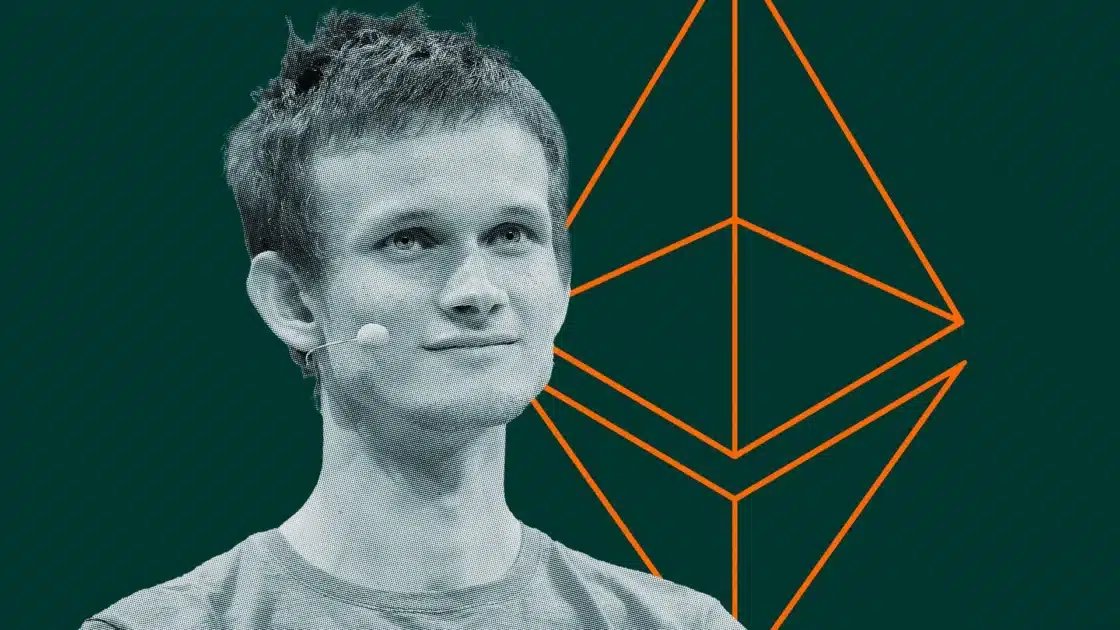Topline
President Donald Trump told reporters Friday that he has not made a decision on whether the U.S. will strike military targets in Venezuela, according to Bloomberg, contradicting a report from the Miami Herald that stated the Trump administration could conduct the strikes as soon as Friday.
Venezuelan President Nicolás Maduro attends the ‘Gran Marcha Mundial por la Paz’ on August 17, 2024 in Caracas, Venezuela.
Getty Images
Key Facts
Trump told reporters “no” when asked if he made a decision to attack Venezuelan military targets, which would escalate ongoing U.S. attacks on drug cartels and Venezuelan leader Nicolás Maduro’s regime.
Trump’s comment contradicted the Herald’s report, which said the Trump administration has affirmatively decided to carry out land strikes inside Venezuela, citing anonymous sources who said the strikes could begin at “any moment,” within hours or days of the Herald’s report Friday morning.
The report comes after The Wall Street Journal reported Thursday evening that the White House was considering airstrikes on targets within Venezuela, though it had not yet decided at that time to carry them out.
The reported strikes are part of a broader effort the Trump administration has been waging against Maduro’s government in Venezuela, as the White House has alleged Maduro is leading a drug-trafficking operation in the country, an allegation that the Venezuelan leader has denied.
It’s unclear precisely where any strikes could take place, though the Journal reported targets were likely to be places like ports, airports and naval facilities that are controlled by Venezuela’s military and allegedly used to traffic drugs.
Sources cited by the Herald “declined to say” if Maduro himself would be a target in the Trump administration’s planned strikes.
What Is Trump’s Goal In Venezuela?
Trump has painted his efforts in Venezuela as being part of the White House’s broader crackdown on the drug trade—namely fentanyl, which experts have said does not actually appear to be trafficked or produced in Venezuela. Any land strikes in Venezuela would mark an escalation of the Trump administration’s efforts in the region, after the U.S. has previously carried out strikes on boats off the country’s coast, alleging the vessels were smuggling drugs. Foreign policy experts believe the military campaign is more likely aimed at forcing a regime change in Venezuela and toppling Maduro, however. Experts cited by BBC News noted it would be difficult for the government to force military-backed change without a clear reason, like pinning Maduro as the head of a suspected drug trade. Maduro has accused the Trump administration of “fabricating a new war” by increasing the U.S.’ military presence in the region, and his allies have accused Trump of wanting to topple the Maduro regime in order to take control of Venezuela’s natural resources, like oil. The U.S. is one of a number of countries that does not recognize Maduro as Venezuela’s proper leader after his reelection in 2024 was widely criticized as being improperly determined, and Secretary of State Marco Rubio has long opposed Maduro’s leadership, calling him a “dictator.”
Big Number
$50 million. That’s how much the Trump administration is offering for information that leads to Maduro’s arrest and/or conviction for violating U.S. narcotics laws, after the Justice and State Departments doubled the government’s bounty amount in August.
Why Are Trump’s Strikes On Venezuela Controversial?
While the Trump administration has not yet carried out any land strikes in Venezuela, even the government’s attacks on boats in the region—which have killed 61 people—have drawn bipartisan criticism. Lawmakers have criticized the strikes being carried out without congressional authorization, and questioned what evidence the White House had, if any, to justify the strikes. Senate Democrats unsuccessfully sought to pass a war powers resolution that blocked the Trump administration from carrying out further strikes, saying Trump’s executive order declaring drug cartels to be terrorist organizations does not provide any “legal authority for the president to use force against members of designated organizations or any foreign state.” That resolution failed in a 48-51 vote, though several Republicans voted in favor of it, with Sen. Rand Paul, R-Ky., saying on the Senate floor, “What a despicable and thoughtless sentiment it is to glorify killing someone without a trial.” Rep. Mike Turner, R-Ohio, told MSNBC on Friday, prior to the Herald’s report, that lawmakers were “concerned” about the boat strikes, saying the White House gave “not very good answers” during a classified briefing Thursday about the legal justification behind them.
Further Reading
U.S. poised to strike military targets in Venezuela in escalation against Maduro regime (Miami Herald)
U.S. Eyes Striking Venezuelan Military Targets Used for Drug Trafficking (Wall Street Journal)
Source: https://www.forbes.com/sites/alisondurkee/2025/10/31/trump-says-no-decision-has-been-made-on-looming-venezuela-land-strikes/


